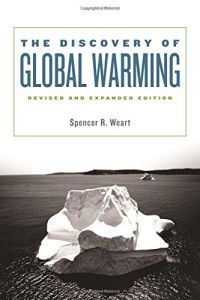Join getAbstract to access the summary!

Join getAbstract to access the summary!
Spencer R. Weart
The Discovery of Global Warming
Harvard UP, 2008
What's inside?
The saga of how scientists found and confirmed global warning (p.s. it’s officially here).
Recommendation
Drawing from scientific discoveries in oceanography, meteorology, geochemistry, biology and astrophysics, author Spencer R. Weart draws you into the puzzle of climate change as it is unfolding through time. No one person had an “aha” moment and discovered global warming. Instead, today’s understanding required an accumulation of theories from disparate areas of research, shaped by the rigors of the scientific method. These discoveries convinced most scientists that global warming is a serious phenomenon. Weart outlines the scientific process that led to today’s climate diagnosis. He also relates lively stories about the people behind the discoveries. That may not be as immediately applicable, but getAbstract finds that it is illuminating and could help readers feel like insiders in this fight.
Summary
About the Author
Spencer R. Weart directs the History of Physics program at the American Institute of Physics. His previous books include Nuclear Fear and Scientists in Power.
















Comment on this summary